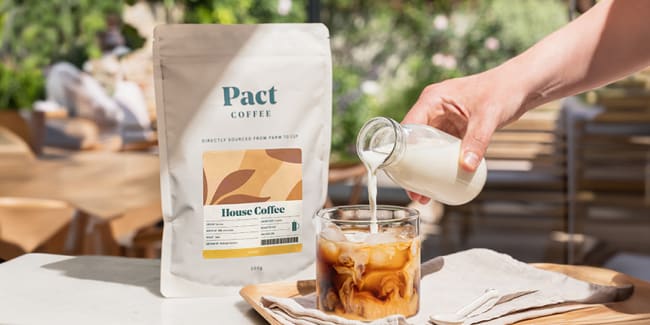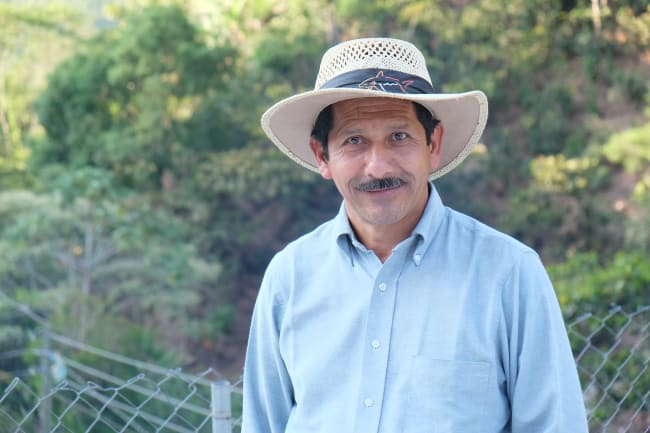Coffee bags – simple, but significant. They house your morning ritual and all the wonderful flavours that come with it. We’ve given it a massive upgrade, and we’re sure you’ve noticed the beautiful design. But here’s why it doesn’t just look pretty, and what it does for the planet.
Waste reimagined
We’re on a journey to do better and one of the ways we’ve been able to do this is by changing our packaging materials. Your new coffee packs are crafted from 70% post-consumer recycled (PCR) content, reducing our reliance on virgin fossil fuels.
By repurposing plastics from items like carrier bags and food wrappers, we’re closing the loop and reducing waste in our environment.
It’s also composed of a single material – recycled LDPE – ensuring hassle-free recycling.
How do I recycle?
It’s really easy to recycle your coffee bag:
- Visit the Recycle Now website
- Type ‘plastic bags and wrapping’ in the search bar
- Input your postcode
- You’ll see whether or not you can recycle at home in your area – if not, you’ll find a list of local recycling points (usually your closest supermarket, for convenience!)
By following these simple steps, you’re helping us extend the lifespan of our packaging and minimising its impact on the environment.
Is it food-safe?
Our new bags are certified food-safe. This means it has undergone rigorous testing to ensure that it does not pose any health risks when in contact with food or beverages. The certifications are provided by regulatory bodies that specifically assess the safety of the materials in food packaging. The recycled plastic is sealed in the manufacturing process to stop any ‘leaching’ of microplastics, completely separate it from your beans and ensure freshness.
What your new coffee bag supports
The carbon is then offset by SeaTrees, a project which restores and plants mangrove trees and kelp forests – vegetation which grows quickly and brings huge benefits to coastal ecosystems.
Plus, every bag helps fund the this bag saves program, which has so far protected ocean health by collecting over 20,000 ocean-bound bottles from Asian rivers and recycling them.
Why not compostable?
We had the option to instead choose compostable packaging, and we understand that it’s the preference for many well-meaning consumers.
But around 90% of people don’t have the means to compost at home*. And the growing evidence shows that most of this packaging probably ends up in landfill or food waste, where it blocks the recycling process.
So right now, we’re confident that recyclable packaging is the most sustainable option. But we’ll keep an eye on running studies and growing infrastructure and reassess our options if necessary in the future.
*‘It’s greenwash’: most home compostable plastics don’t work, says study’ – Phoebe Weston, The Guardian







